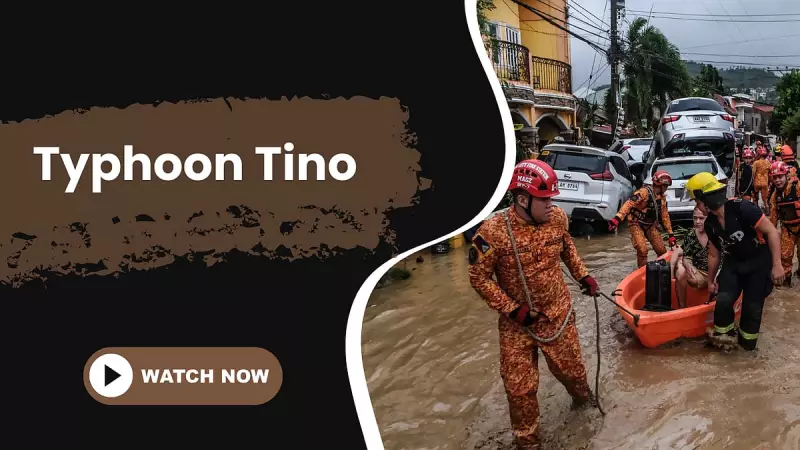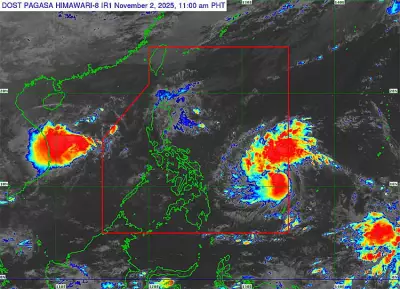
Northern Luzon is grappling with catastrophic flooding as Typhoon Tino continues to batter the region with relentless rainfall. The powerful tropical cyclone has transformed streets into rivers, forcing thousands of residents to flee their homes in search of safer ground.
Emergency Response in Full Swing
Local disaster management teams have been working around the clock, conducting rescue operations in the most severely affected areas. Emergency shelters have been established to accommodate displaced families, with social workers providing essential supplies and support to those impacted by the rising waters.
Transportation Network Paralyzed
The typhoon's fury has brought transportation to a standstill across multiple provinces. Major highways have become impassable, while local roads resemble waterways more than thoroughfares. Commuters face significant challenges as public transportation services remain suspended until weather conditions improve.
Agricultural Sector Suffers Heavy Losses
Farmers in the region are counting their losses as floodwaters inundate rice fields and agricultural lands. The timing of the typhoon could not have been worse, coming during a crucial growth period for many crops. Early estimates suggest millions worth of agricultural damage, dealing another blow to farmers still recovering from previous weather disturbances.
Residents Urged to Take Precautions
Weather authorities continue to monitor the situation closely, issuing regular updates and safety advisories. Residents in low-lying areas have been instructed to remain vigilant and prepare for possible evacuation as the typhoon maintains its strength.
"We're asking everyone to cooperate with local authorities and prioritize safety above all else," emphasized a disaster response official. "Property can be replaced, but lives cannot."
Long Road to Recovery Ahead
As Typhoon Tino slowly moves away from the Philippine area of responsibility, the daunting task of recovery and rehabilitation begins. The scale of damage assessment and cleanup operations will require coordinated efforts from both government agencies and community volunteers in the coming days and weeks.





